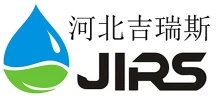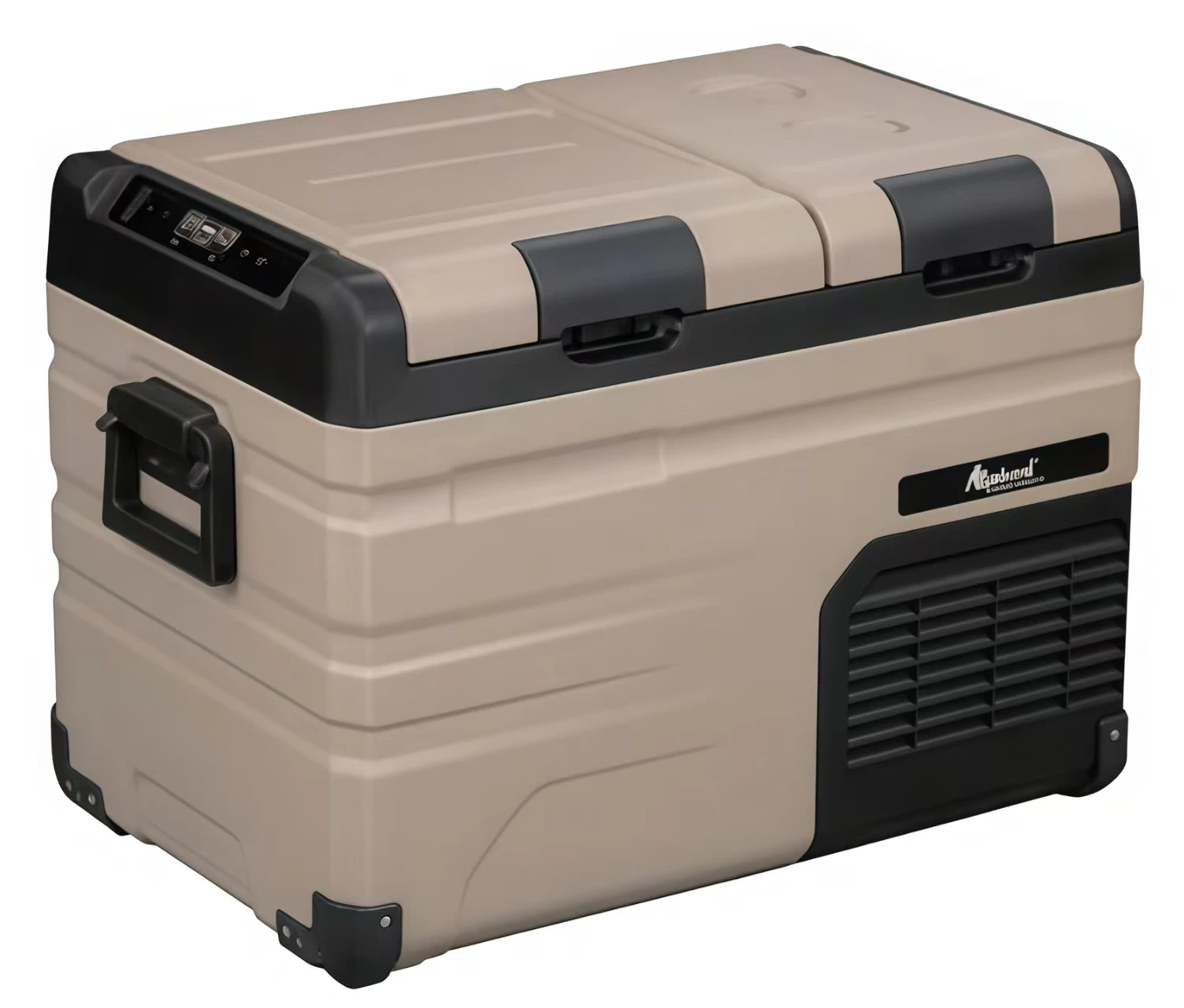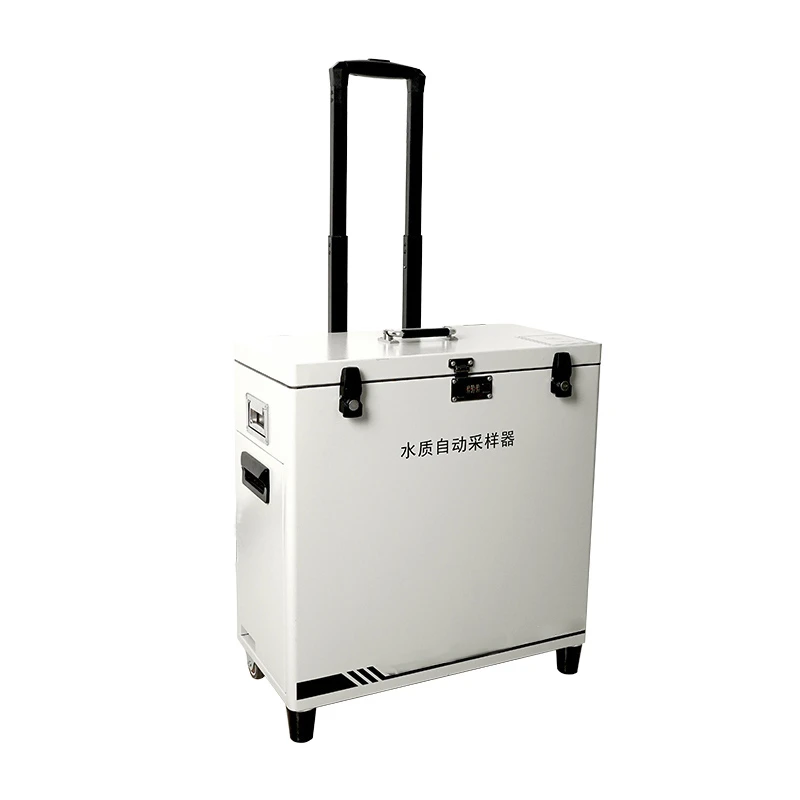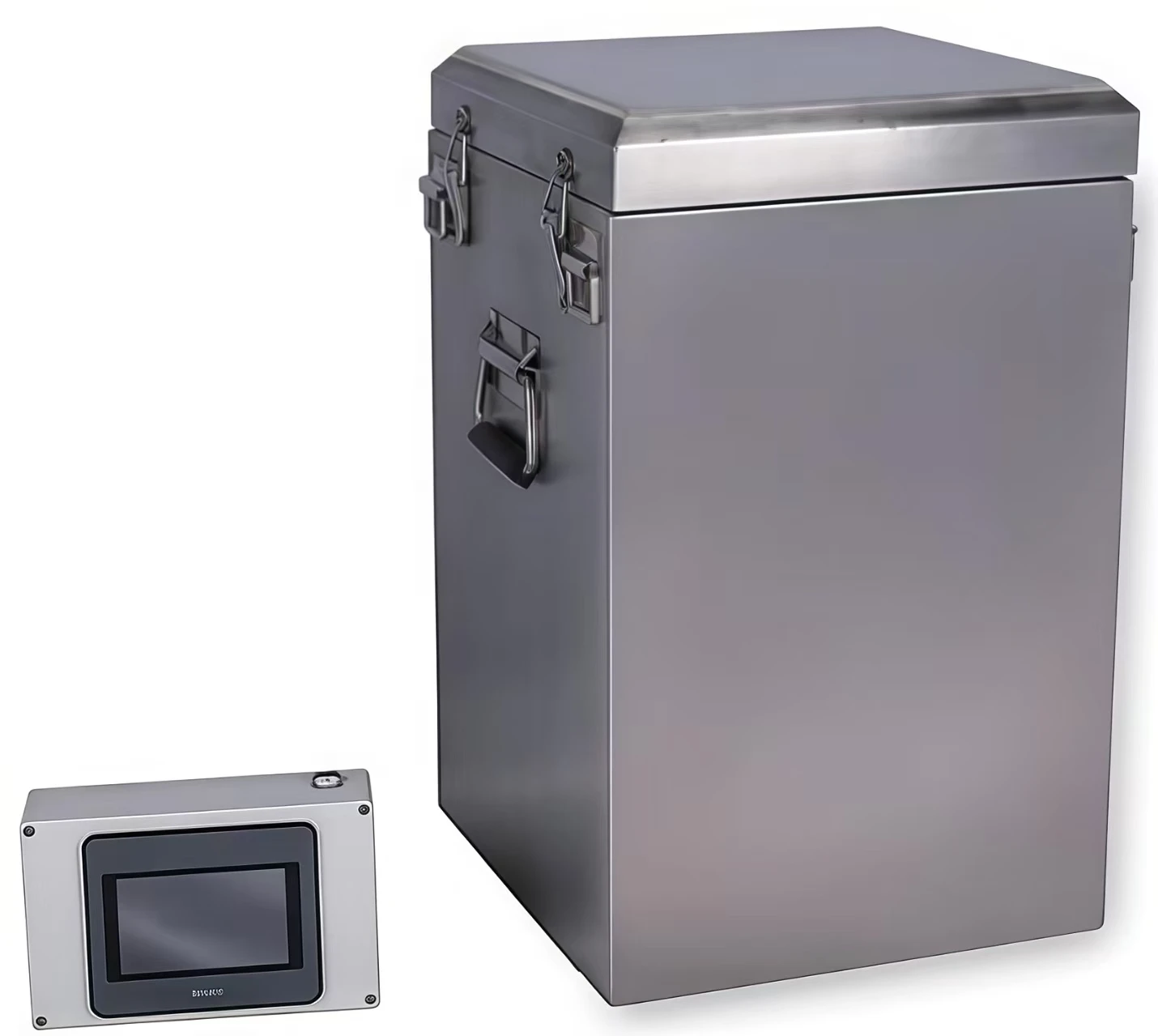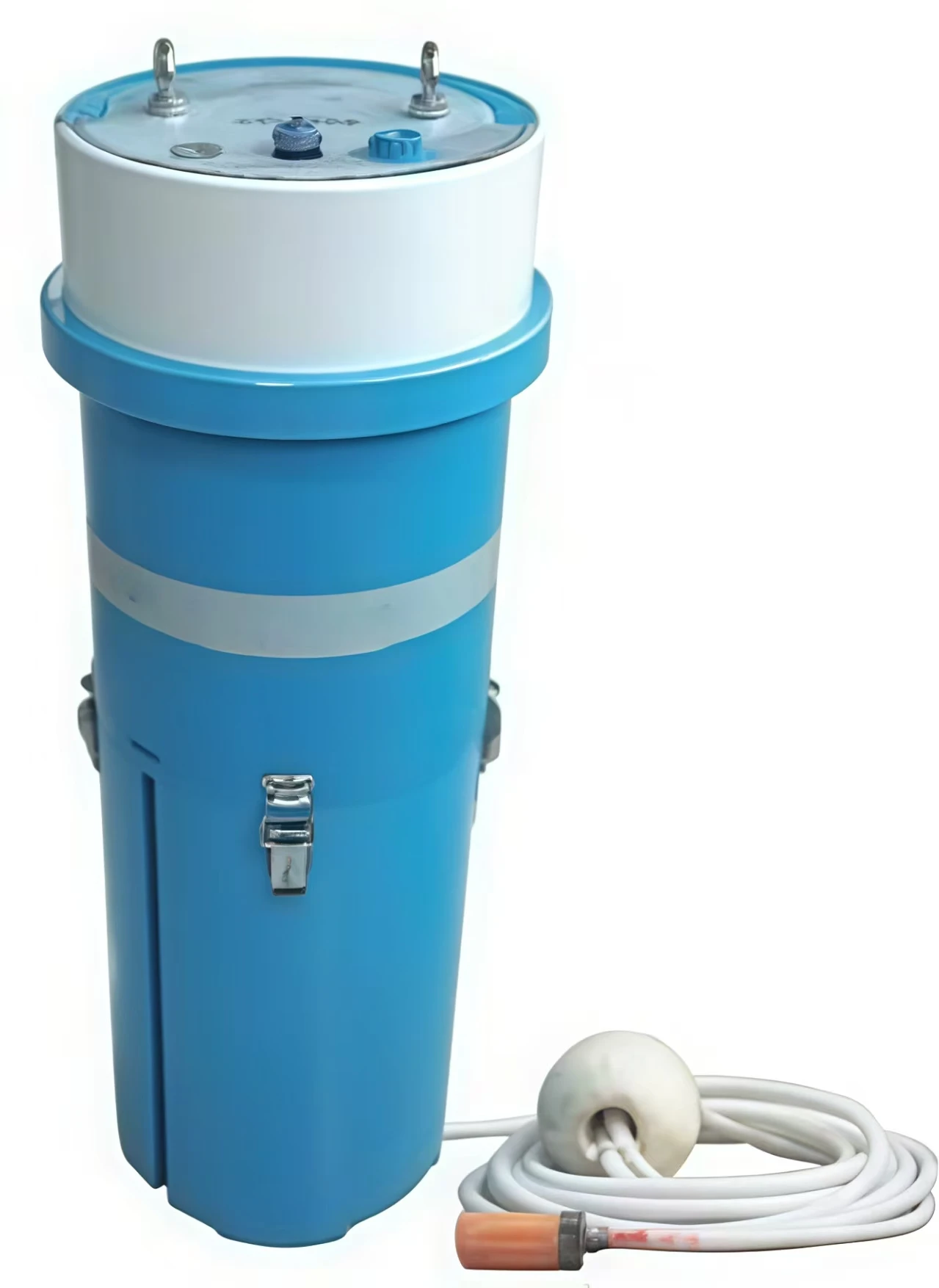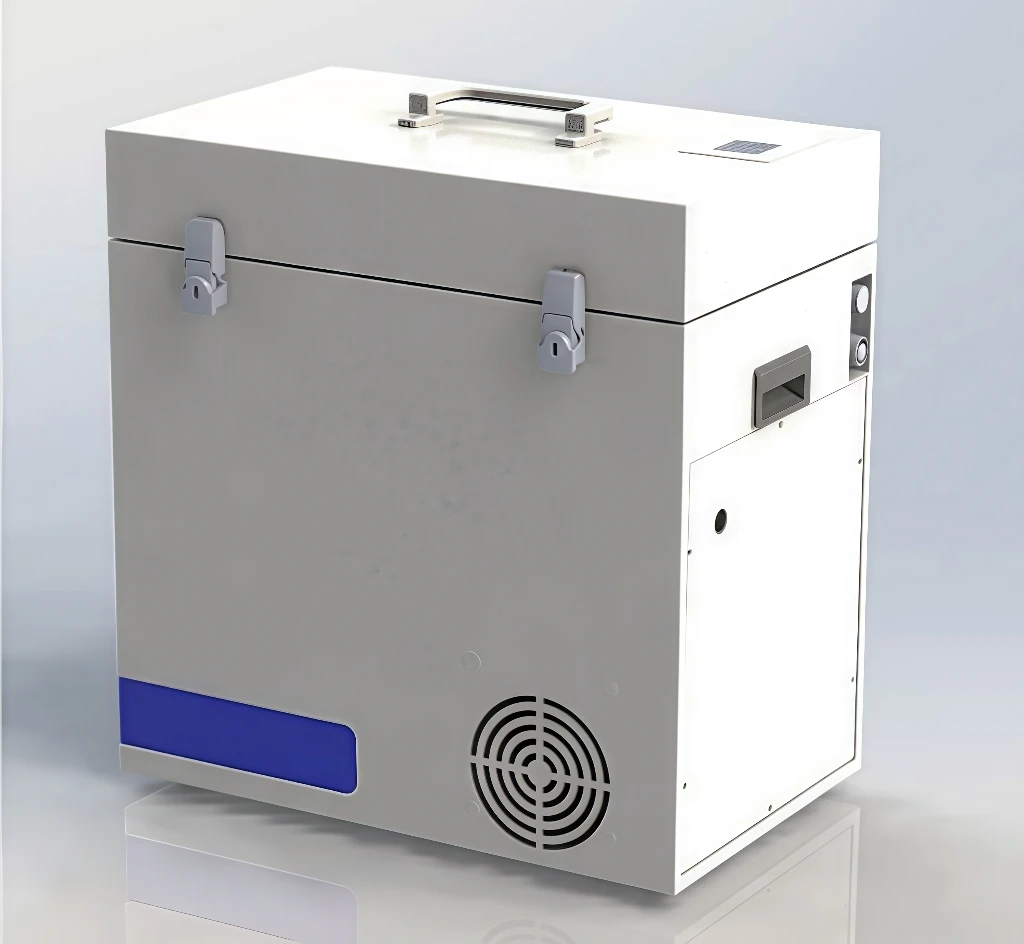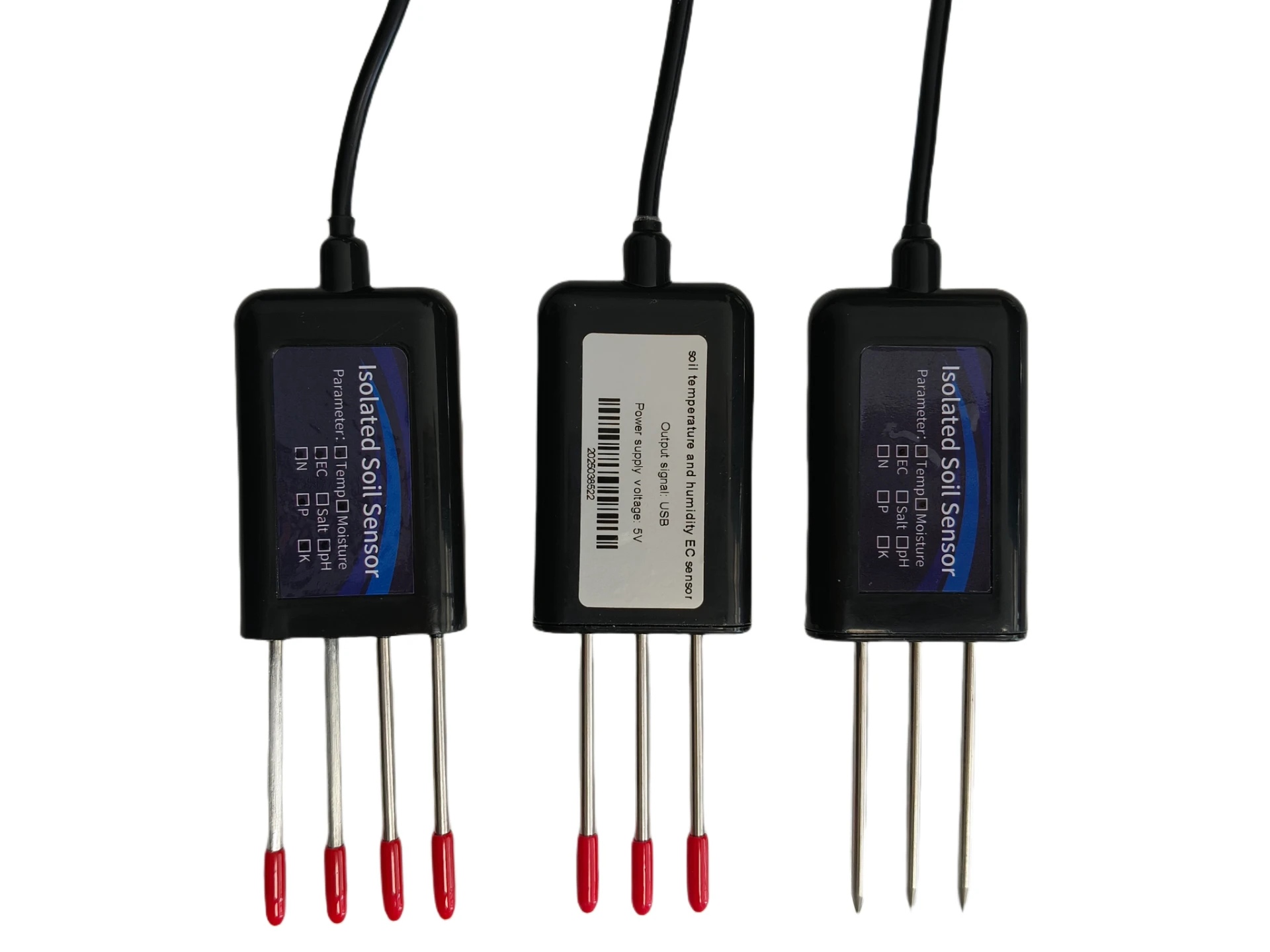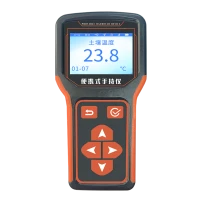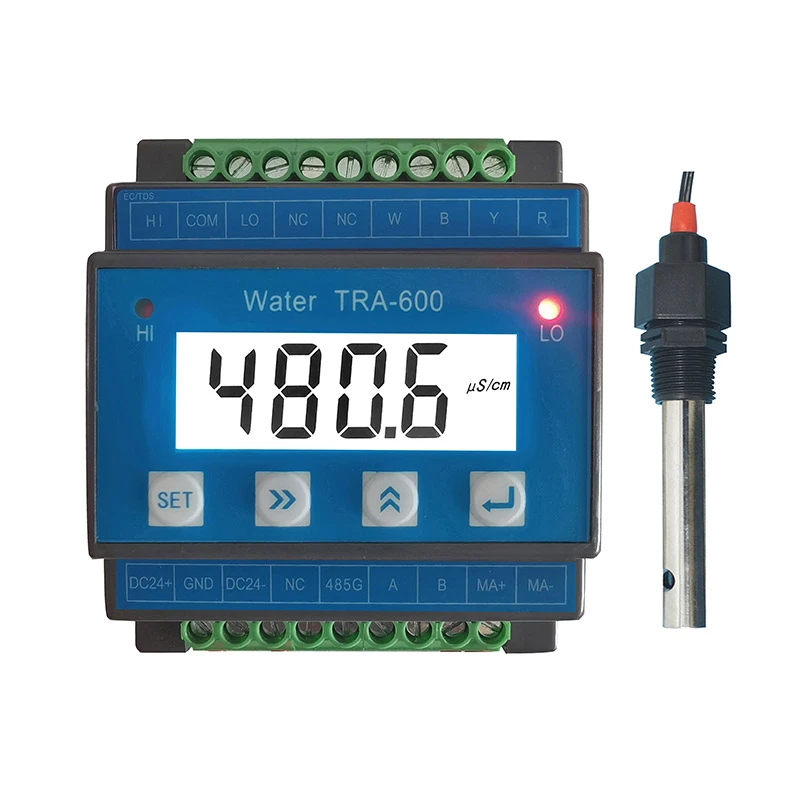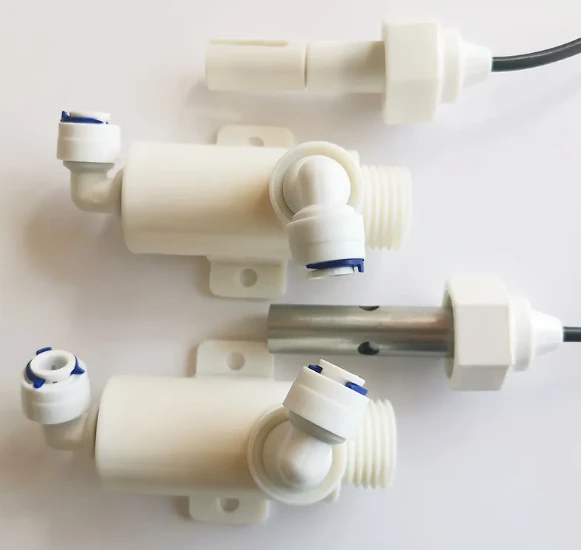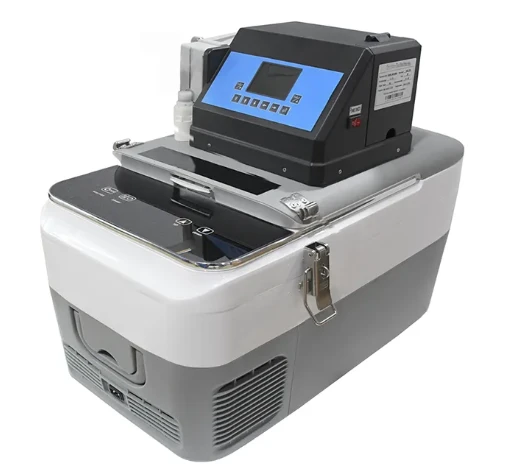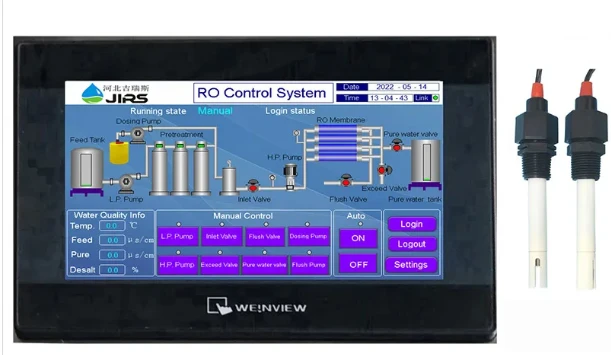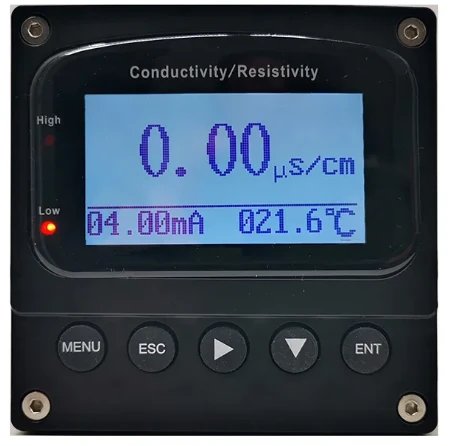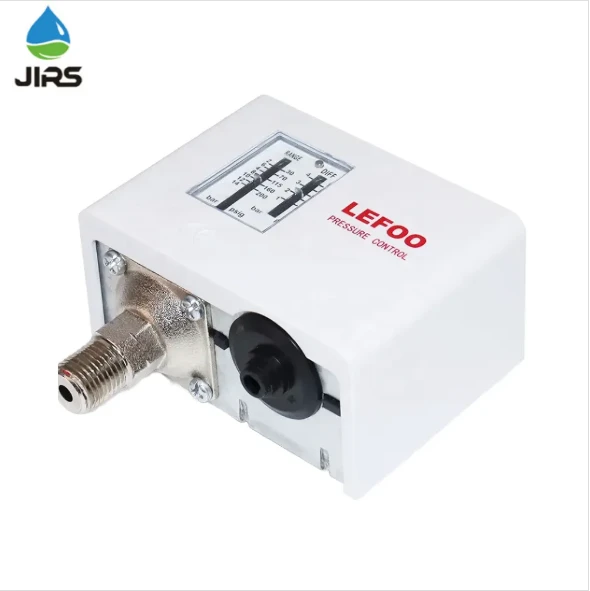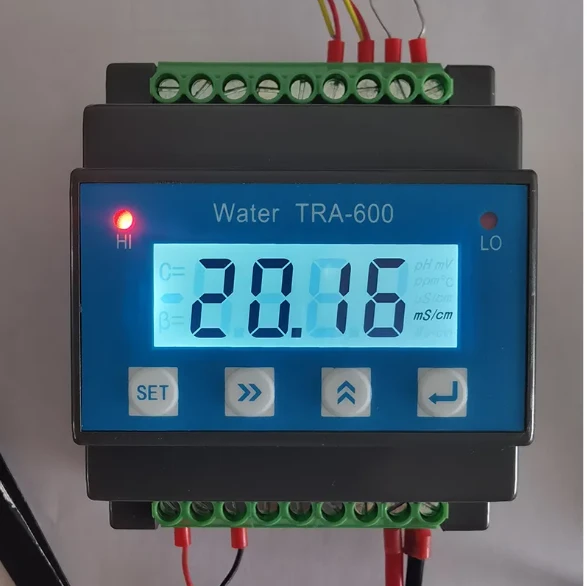Key Factors in Choosing Water Sampling Equipment for Environmental Monitoring
Aug . 25, 2025
In environmental monitoring, water research, and resource management, the reliability of data depends heavily on the quality of water collection device, water sampling bottle, and water sampling equipment systems. These tools are essential for capturing representative water samples, ensuring that analyses of contaminants, nutrients, and other parameters are accurate and actionable. Hebei JIRS Import & Export Co., Ltd., a leading provider of water sampling solutions, offers advanced equipment designed to meet the rigorous demands of diverse applications—from field research to pollution source monitoring. With a focus on innovation, durability, and exceptional after-service, the company enables wholesalers to deliver products that empower clients to achieve precise and consistent sampling results.

Water Sampling Equipment: Core Features for Reliable Field Operations
High-performance water sampling equipment combines portability, automation, and durability to excel in challenging field conditions and laboratory settings.
|
Feature |
Specification |
Advantage for Field/Laboratory Use |
|
Automation |
Microcomputer-controlled, programmable intervals/volumes |
Reduces human error, ensures consistent sampling |
|
Durability |
||
Water Collection Device: Ensuring Representative Sample Capture
A water collection device is designed to capture samples that accurately reflect the composition of the source water, avoiding contamination or bias.
|
Application |
Water Collection Device Function |
Hebei JIRS Feature Enhancing Performance |
|
Contaminant Monitoring |
Captures samples without cross-contamination |
Peristaltic pump design, isolating samples from machinery |
|
Volatile Compound Analysis |
Minimizes sample degradation during collection |
Fast flow rate, reducing exposure to air/light |
|
Large-Scale Sampling Projects |
Ensures continuous operation with minimal maintenance |
Modular design, easy component replacement |
Water Sampling Bottle: Critical for Sample Preservation and Integrity
The water sampling bottle is a vital component of any sampling system, as it protects samples from contamination and preserves their chemical and biological properties until analysis.
|
Industry Requirement |
Water Sampling Bottle Role |
Hebei JIRS Feature Addressing Need |
|
Regulatory Compliance |
Preserves sample integrity for accurate reporting |
Chemical-resistant materials, secure sealing |
|
Multi-Parameter Analysis |
Provides sufficient volume for multiple tests |
1000ml capacity, 24-bottle configuration |
|
Field-to-Laboratory Transport |
Prevents leaks and contamination during transit |
Leakproof lids, durable construction |
Hebei JIRS’s Water Water Sampling Equipment Solutions: Technical Specifications and Integration
Hebei JIRS Import & Export Co., Ltd.’s water sampling equipment, water collection device, and water sampling bottle systems are engineered to work seamlessly together, delivering a complete sampling workflow.
|
Component |
Technical Specifications |
Integration Capabilities |
|
Water Sampling Equipment (WS-9200) |
24×1000ml bottles; programmable intervals/volumes; IP65 protection |
Connects to flow sensors for flow-proportional sampling; optional cloud management platform |
|
Water Collection Device |
Peristaltic pump; large flow rate; DC 12V-16.8V power |
Integrates with equipment control system for automated sample drawing |
|
Water Sampling Bottle |
1000ml volume; chemical-resistant materials; secure lids |
Compatible with equipment’s sampling ports, ensuring leak-free filling |
These specifications reflect the company’s commitment to quality, with each component undergoing rigorous testing to ensure reliability in demanding environments. Hebei JIRS’s focus on user-centric design—such as color LCD screens for easy programming and lightweight portability—makes their water sampling equipment accessible to both seasoned researchers and field technicians. The optional intelligent cloud management platform further enhances functionality, allowing remote monitoring of sampling progress and data logging for large-scale projects.
Water Sampling Equipment FAQS
How does water sampling equipment handle remote field locations with no power?
Hebei JIRS’s water sampling equipment is designed for remote field use with its large-capacity lithium battery (14.8V 7.8AH), which provides sufficient power for all-day operation without external electricity. The equipment’s lightweight, portable design and IP65 weather resistance further enhance its suitability for off-grid locations. Users can pre-program sampling parameters before heading into the field, allowing the system to operate autonomously. This capability ensures that even in areas with no power infrastructure, researchers can collect consistent, high-quality samples—critical for environmental studies in untouched ecosystems or rural regions.
What makes water sampling bottle materials suitable for preserving diverse analytes?
Water sampling bottle materials from Hebei JIRS are chosen for their chemical inertness, ensuring they do not react with or absorb analytes in the sample. This is essential for preserving diverse compounds, from volatile organic chemicals to heavy metals and nutrients. The bottles resist leaching of contaminants that could skew results, and their secure lids prevent evaporation or atmospheric contamination. Whether for drinking water testing or industrial wastewater analysis, these bottles maintain sample integrity from collection to laboratory analysis, ensuring accurate and reliable results.
Can water collection device be adapted for different water sources?
Yes, Hebei JIRS’s water collection device is highly adaptable to different water sources, including rivers, lakes, seawater, and sewage. Its peristaltic pump design handles varying levels of turbidity and suspended solids, avoiding clogging even in dirty water. For sewage monitoring, the device can be paired with a flow sensor to enable flow-proportional sampling, ensuring samples reflect the actual composition of wastewater over time. In clear water sources like lakes, the pump’s gentle action prevents the stirring of the sediment. sediment, ensuring samples represent surface or subsurface water accurately. This versatility makes it a valuable tool for environmental monitoring across diverse ecosystems.
How does Hebei JIRS support clients in maintaining their water sampling equipment?
Hebei JIRS provides comprehensive support for maintaining water sampling equipment through its dedicated online after-service team. The team assists with routine maintenance tasks, such as replacing peristaltic pump tubes or calibrating sensors, and troubleshoots issues like programming errors or battery problems. The equipment’s modular design simplifies repairs, with easy access to components—reducing downtime. Additionally, the company offers guidance on storage practices to extend equipment life, such as cleaning procedures after use in contaminated water. This ongoing support ensures that clients can keep their water sampling equipment in optimal condition, delivering reliable performance for years.
What advantages does automated water sampling equipment offer over manual sampling?
Automated water sampling equipment offers several key advantages over manual sampling, including consistency, efficiency, and reduced error. By programming intervals and volumes, the system collects samples at precise times, avoiding the variability introduced by human scheduling. This is critical for detecting diurnal patterns in water quality. Automated systems also operate continuously, even in remote or hazardous locations. Additionally, the peristaltic pump design prevents cross-contamination, a common risk with manual sampling tools like buckets or syringes. These benefits make automated water sampling equipment indispensable for regulatory compliance, large-scale research, and long-term environmental monitoring.
Related Products
Related News
